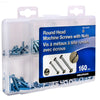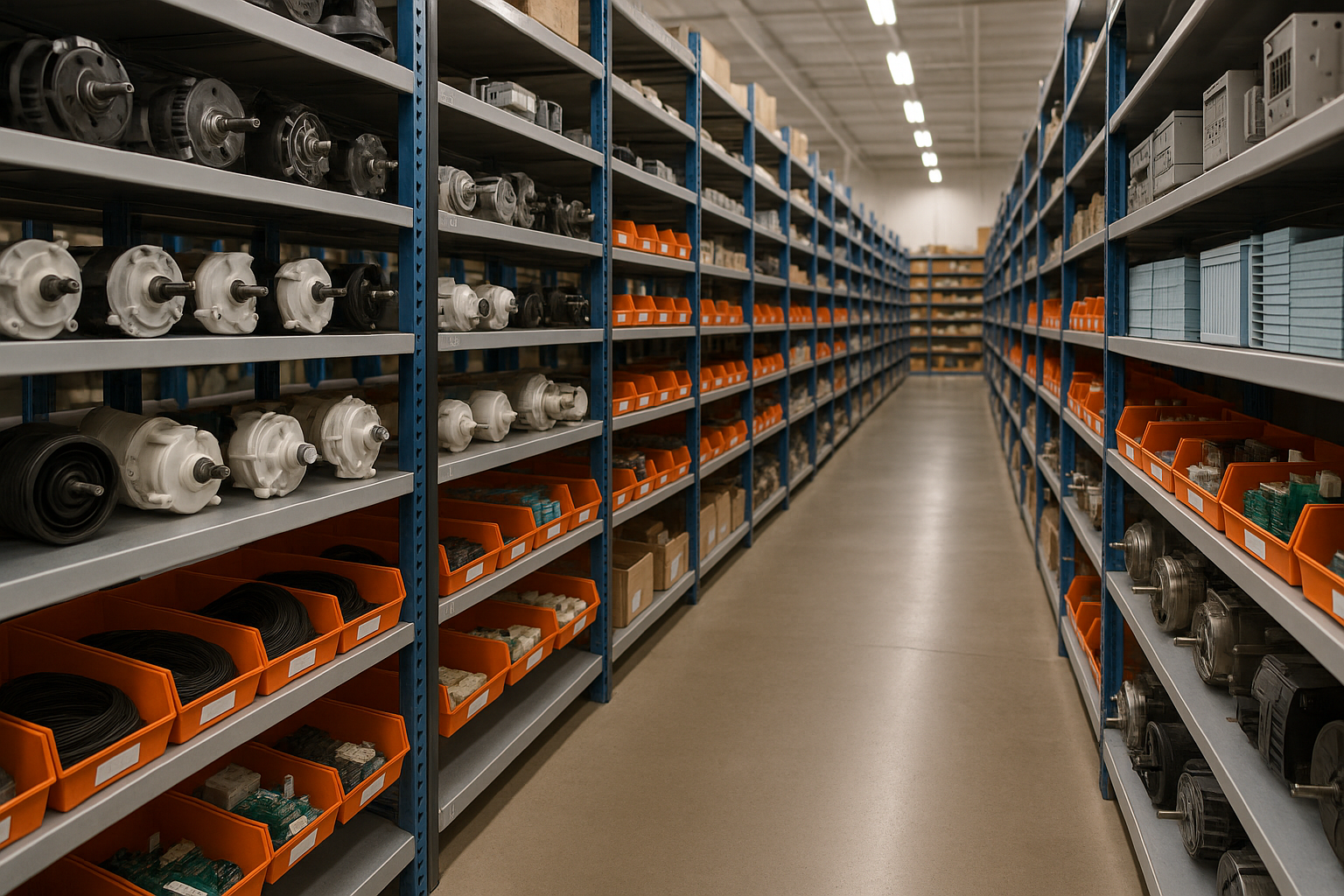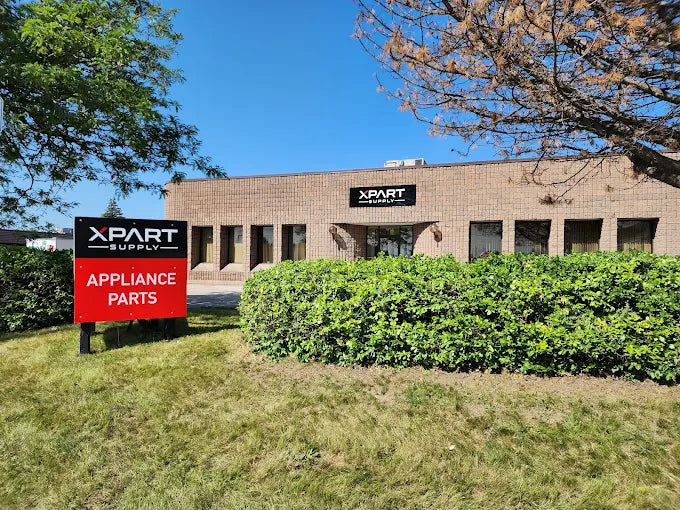Clean and test before replacing. An estimated 50% of "coin chute failures" are actually just dirt, lint, detergent residue, or coin debris clogging the validation mechanism. Before ordering a $150+ replacement chute, remove the existing chute and thoroughly clean all coin paths, validation sensors, and mechanical components with rubbing alcohol and compressed air. Remove any stuck coins or foreign objects. Test the chute on a workbench with clean quarters—many "failed" chutes work perfectly after proper cleaning. This diagnostic step saves unnecessary replacement costs.
Verify the mechanical linkage first. If your machine won't start after coins are inserted but the coins are accepted and drop into the coin box, the problem is likely the mechanical linkage between the coin chute and the machine start mechanism—not the coin chute itself. Check that the linkage rod, cable, or lever is properly connected, not bent, and moves freely. A disconnected or broken linkage causes no-start symptoms even with a perfectly functioning coin chute. Replacing the chute won't fix a linkage problem.
Match the denomination configuration exactly. Coin chutes are factory-calibrated for specific denominations ($0.75, $1.00, $1.25, $1.50, $2.00, etc.). A $1.00 chute cannot be field-adjusted to accept $1.25 or any other amount—it requires factory reconfiguration with specialized tools and calibration equipment. Always verify you're ordering a chute configured for your desired price point. Installing the wrong denomination chute causes customer complaints and revenue loss.
Test with clean, undamaged quarters. Coin validation mechanisms are precision-calibrated to detect specific coin dimensions, weight, and metal composition. Worn, damaged, or dirty quarters may be rejected even by a properly functioning chute. When testing a new coin chute, always use clean, undamaged quarters from current circulation. If customers report frequent rejections, the problem may be worn coins in circulation, not a faulty chute.
Alignment is critical for reliable operation. Coin chutes must be mounted perfectly straight and level for reliable coin acceptance. Even slight misalignment (1-2 degrees off vertical) causes coins to jam, validation failures, or coins bouncing out of the slot. Use a level during installation to verify the chute is perfectly vertical. Ensure mounting screws are tightened evenly to prevent distortion of the chute housing.Protect against vandalism and fraud. Coin chutes are frequent targets for vandalism (glue, gum, foreign objects) and fraud attempts (slugs, washers, foreign coins). Install tamper-evident seals on the coin slot and access panels. Consider upgrading to electronic payment systems (card readers, mobile payment) for high-vandalism locations. Inspect coin chutes weekly for signs of tampering or damage. Early detection prevents revenue loss and equipment damage.
Regular maintenance extends chute life. Commercial coin chutes should be cleaned and inspected monthly in high-use locations. Remove the chute, clean all coin paths with rubbing alcohol, inspect for wear or damage, lubricate moving parts with dry lubricant (never oil—it attracts lint), and test operation with clean quarters. Preventive maintenance extends chute life from 5 years to 10+ years and prevents costly mid-cycle failures during peak business hours.
- Machine won't start after coins are inserted
- Coins are rejected even though they're valid U.S. quarters
- Coin mechanism jams frequently
- Machine starts without proper payment (free plays)
- Coins get stuck in the chute and don't drop to coin box
- Mechanical release doesn't engage after payment
- Coin chute accepts slugs, foreign coins, or invalid tokens
- Coins drop through without being counted
- Machine requires more than $1.00 to start
- Coin return slot doesn't work (rejected coins get stuck)
- Visible damage to coin slot or chute housing
- Corrosion or rust in coin path
- Bent or broken coin validation mechanism
- Mechanical linkage disconnected or broken
- Revenue loss due to coin acceptance failures
Whirlpool refrigerator replacement parts, Frigidaire refrigerator replacement parts, GE refrigerator replacement parts, Kenmore refrigerator replacement parts, KitchenAid refrigerator replacement parts, LG refrigerator replacement parts, Maytag refrigerator replacement parts, Whirlpool refrigerator drawers and glides replacement, Whirlpool dishwasher replacement parts, GE dishwasher replacement parts, KitchenAid dishwasher replacement parts, Maytag dishwasher replacement parts, Frigidaire dishwasher replacement parts, Kenmore dishwasher replacement parts, Whirlpool washer replacement parts, GE washer replacement parts, Maytag washer replacement parts, Kenmore washer replacement parts, LG washer replacement parts, Whirlpool dryer replacement parts, GE dryer replacement parts, Maytag dryer replacement parts, Kenmore dryer replacement parts, LG dryer replacement parts, Whirlpool range replacement parts, GE range replacement parts, Whirlpool stove replacement parts, GE stove replacement parts, GE oven replacement parts, GE microwave replacement parts, buy Whirlpool refrigerator parts online, buy GE dishwasher parts online, replacement Kenmore washer parts for sale, buy Maytag dryer parts, LG washer replacement parts online, KitchenAid refrigerator parts for sale, Whirlpool stove and range replacement parts


































